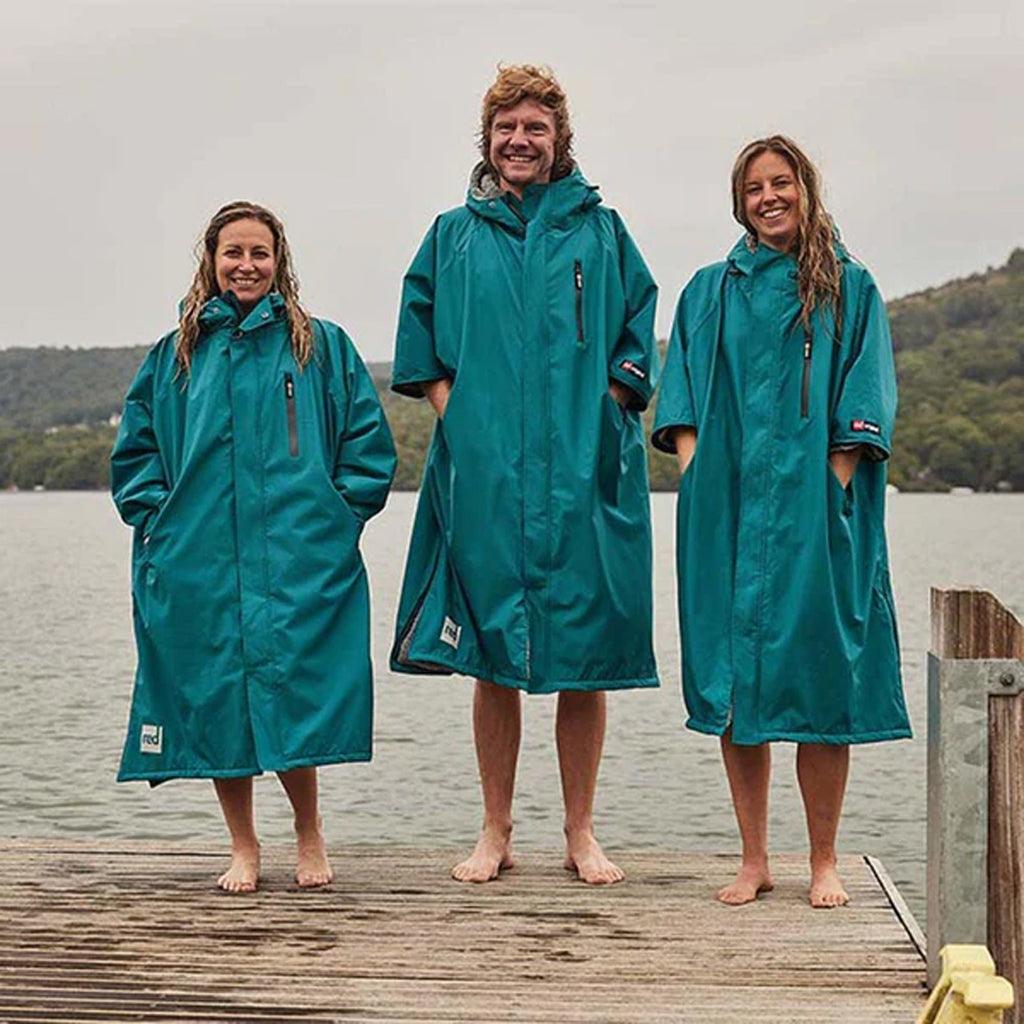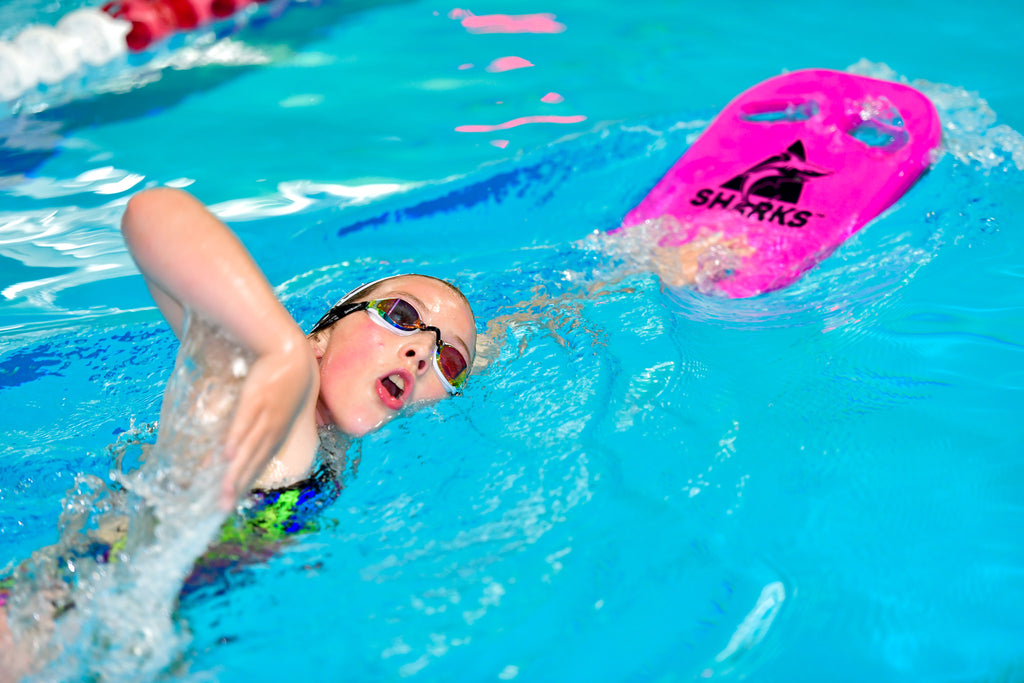Cycling and Running Safely in the Dark
 The dark mornings and nights are still with us and with many more people taking up running or cycling as part of their New Year fitness resolutions, it’s important to know how to keep safe in the dark.
The dark mornings and nights are still with us and with many more people taking up running or cycling as part of their New Year fitness resolutions, it’s important to know how to keep safe in the dark.
The team at Sharks Swim and Triathlon have come up with these guidelines to ensure both newbie and experienced runners and cyclists all stay as safe as possible when out in the early mornings or late evenings.
Bright and Reflective Clothing
It can be difficult for drivers to see runners or cyclists in the dark, so don't make it harder on them by wearing dark, non-reflective clothing. You need to wear bright colours, preferably with reflective material or tape so that you stand out as you run.
Sharks Swim & Triathlon can help as we stock a huge range of the Gato brand of training aids including:
- Primer vest made in a neon, reflective fabric – Price £26
- Reflective X vest which differentiates itself by its design, comfort fit and visibility – Price £9.60
- LED Safer sports vests with adjustable straps – Price £22
Wear or Carry Lights
Not only is it hard for drivers to see you in the dark, but it is also hard for you to see the road, trail or sidewalk as you run or cycle. There are many small lights that are easy to wear or hold that will illuminate your route while running or cycling. Plus, drivers will be able to see you.
Again, our Gato range includes a number of suitable products including:
- USB waterproof Head Torch with headlight and three light modes – Price £25
- Runner’s LED Light Clip which can be easily attached to clothes, a back pack or shoe – Price: £9
- LED armbands which can be attached using the Velcro strap to your arm or leg (available in a variety of colours) – Price £9.90
- Hi Vis USB water resistant chest light – Price £30.
Tips for Runners
It’s always best to run on the left-hand side of the road, facing traffic as it’s far easier to jump out of the way of an oncoming car if you can see the car coming at you.
Some tunes on your run are great to keep you going, but not in the dark. When running in the dark, you need to rely on all your senses, not just your sight. Leave the music at home so you can hear any potential dangers.
Rethink your run route if you're used to running in the countryside. Although it's nice and peaceful while running away from busy roads, it does make you more vulnerable. Also running with a friend will not just keep you motivated but an extra set of eyes, and ears, to stay on the lookout for anything strange.
Tips for Cyclists
Make sure you plan your cycle route. Depending on what you want to get out of your ride, whether it’s a structured training session, a case of getting the miles in or commuting to and from work, planning ahead and having a route in your head or on a computer is a useful aid.
Riding at night probably isn’t the best time to do a long steady three-hour ride. You’re better off picking a short route, maybe with a hill, that you can ride repeatedly so you have some structure to your ride. Plan the route as close to home as possible too. You should also avoid poorly surfaced roads or those with potholes.
You should also consider cycling with a partner or a group. This won’t just provide motivation but there is safety in numbers, with help at hand in case of accidents or mechanical issues.
And on that note, you need to be prepared for mechanical issues as trying to repair a bike in the dark isn’t much fun. You should always check over your bike before setting off on a ride and this is particularly important at night time to minimise the risk of mechanical problems. Take the appropriate tools to carry out minor repairs on every ride along with your mobile phone in case you need to contact someone in an emergency.
Pay Attention
No matter how many precautions you take to keep yourself safe, always pay attention to what's around you. If something does not seem right, trust your instincts and move away from the possible danger quickly. It's better to be a little over cautious than seriously injured or worse.







